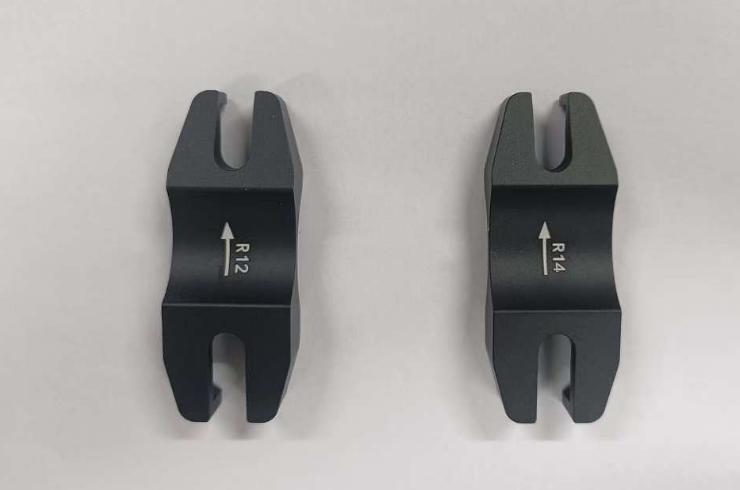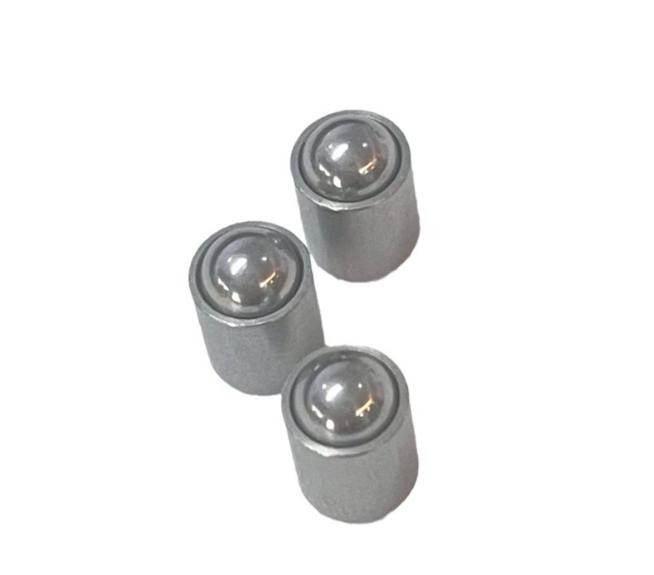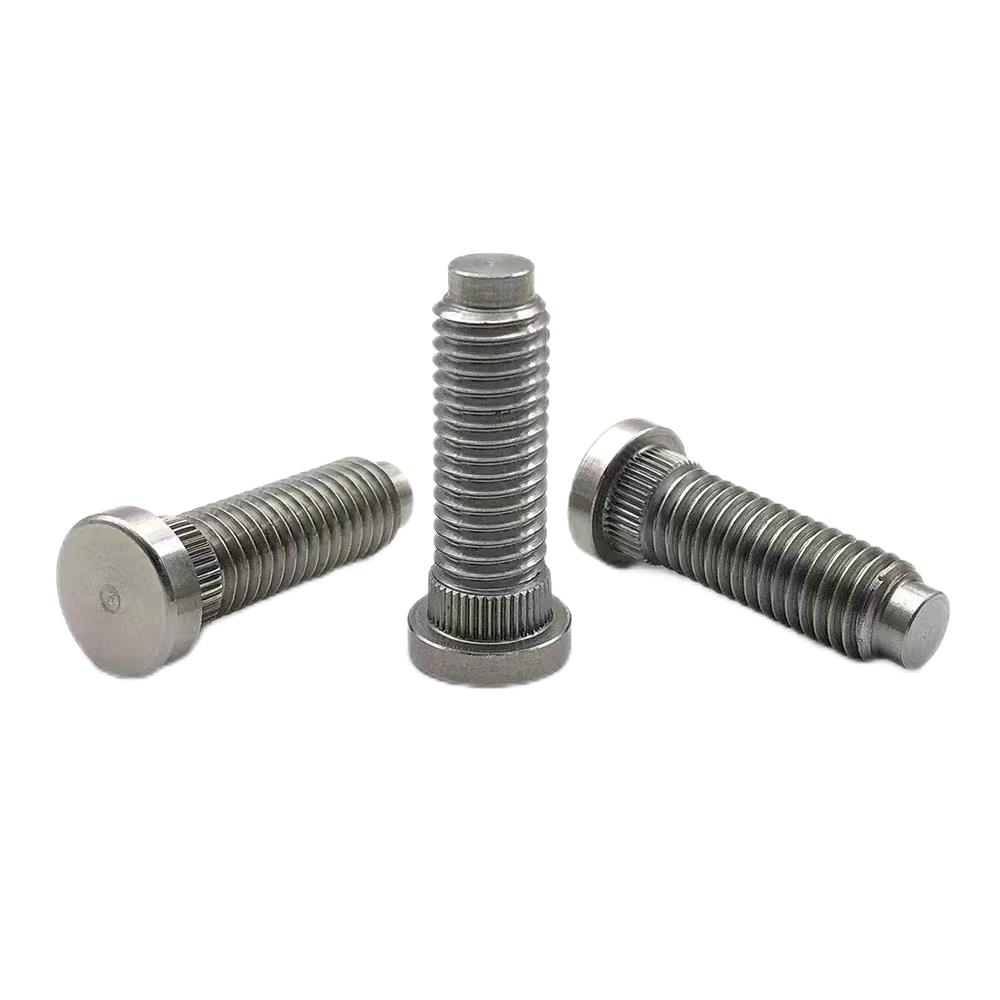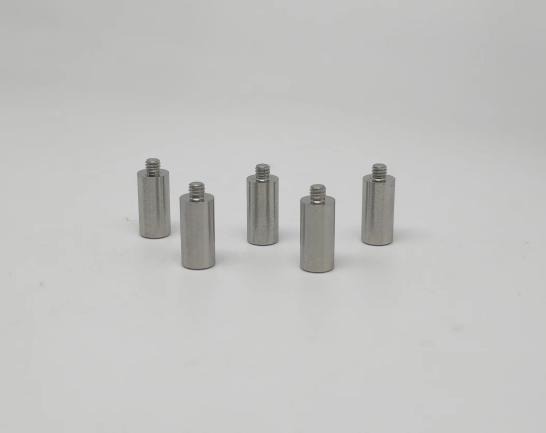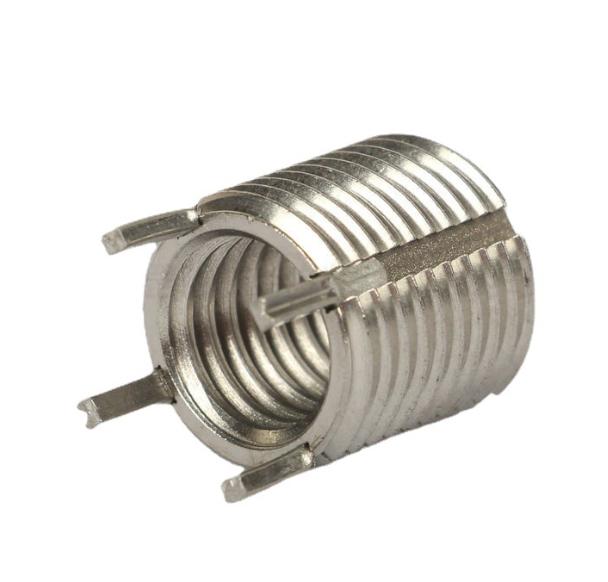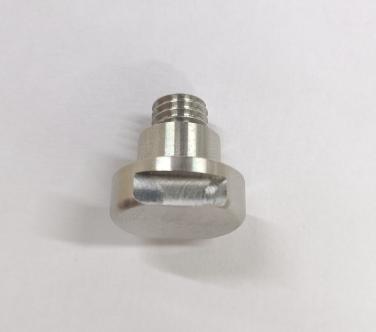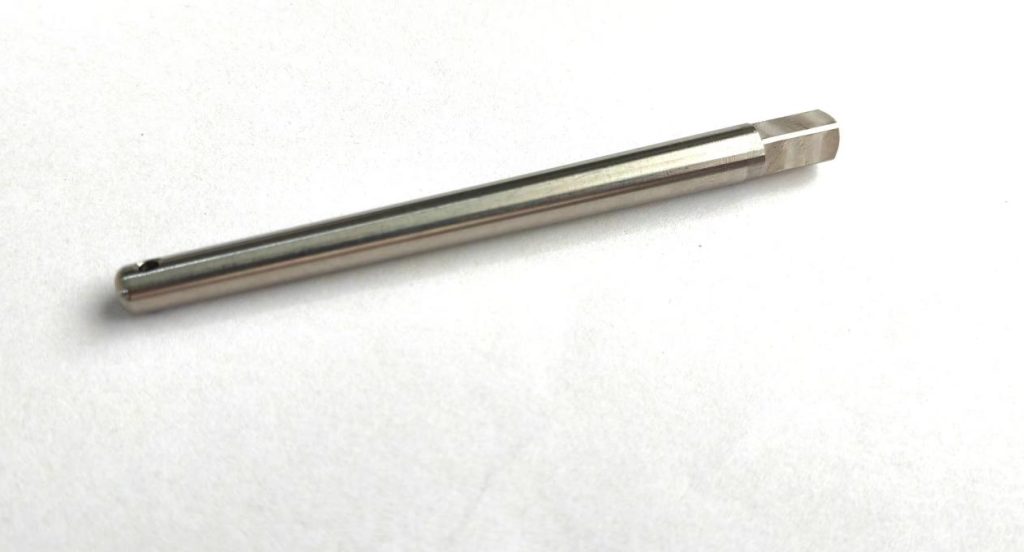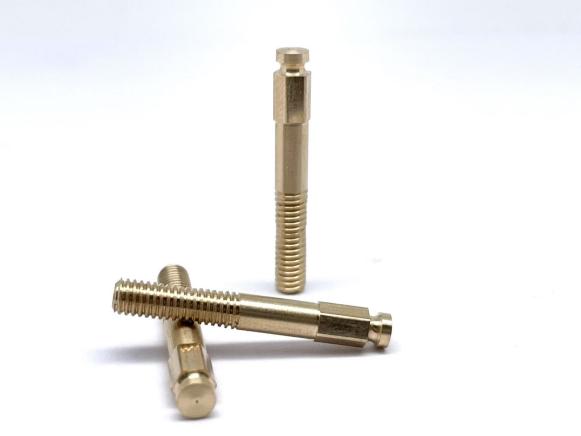How CNC Turning is Contributing to the Precise Manufacturing of Miniature Components?
In the world of manufacturing, precision is paramount, especially when it comes to producing miniature components that are vital in a wide range of industries, from electronics to aerospace. The advent of CNC turning technology has revolutionized the way these small-scale marvels are crafted. In this article, we delve into the fascinating realm of producing miniature components using CNC turning technology.
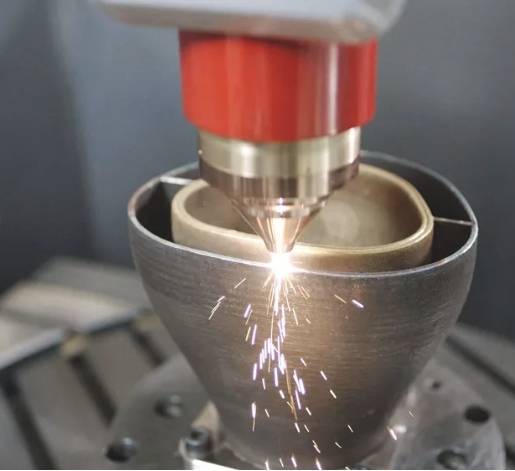
Understanding CNC Turning
CNC turning is a subtractive manufacturing process used to create cylindrical parts by rotating a workpiece while a cutting tool removes material from its surface. Unlike manual machining, where operators control the movement of the cutting tool by hand, CNC turning relies on computer-controlled machines to execute precise movements with high repeatability and accuracy.
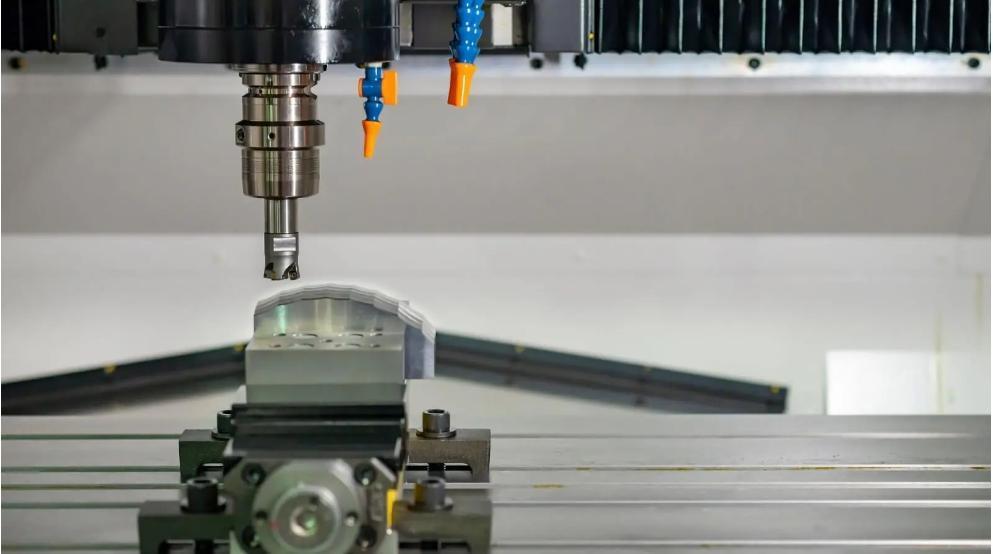
The Advantages of CNC Turning for Miniature Components
1. Unparalleled Precision
Precision is the hallmark of CNC turning. These machines are capable of achieving tolerances measured in microns, ensuring that miniature components are crafted with utmost accuracy and consistency. Whether it’s intricate geometries, complex shapes, or tight dimensional specifications, CNC turning delivers flawless results, meeting the most demanding requirements with ease.
2. Consistent Quality
With CNC turning, what you see is what you get—every time. Unlike manual machining, where human error can lead to variability in part quality, CNC turning ensures uniformity and consistency from one component to the next. This minimizes the risk of defects and rework, resulting in reliable and predictable outcomes that meet or exceed expectations.
3. Versatility in Material Selection
CNC turning machines aren’t picky when it comes to materials. Whether it’s metals like aluminum, stainless steel, or titanium, or plastics such as ABS or PEEK, CNC turning can handle them all with equal precision and efficiency. This versatility enables manufacturers to choose the best material in CNC turning for the application, ensuring that miniature components meet the required performance and durability standards.
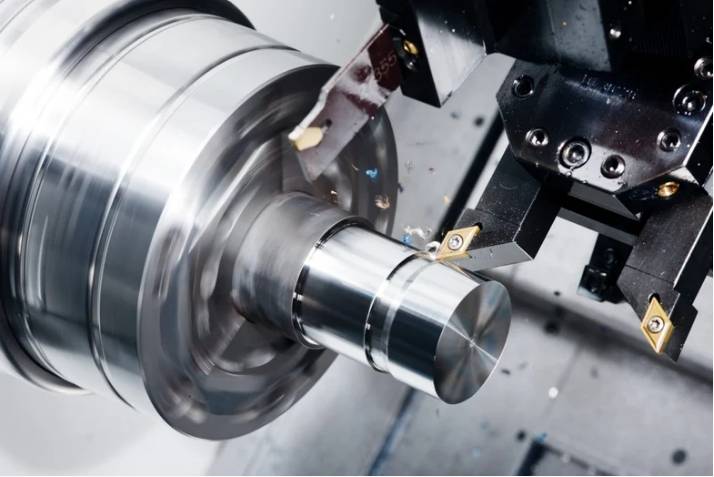
4. Efficient Production
Time is money, and CNC turning knows how to make the most of it. These machines are capable of high-speed machining operations, significantly reducing production times and increasing throughput. With faster cycle times and minimal downtime between setups, manufacturers can produce miniature components more efficiently, optimizing their resources and maximizing productivity.
5. Streamlined Complexity
Crafting miniature components often involves intricate designs and complex features. CNC turning excels in handling such complexity, thanks to its ability to perform multiple operations in a single setup. From turning and boring to threading and grooving, these machines can tackle a wide range of tasks with precision and ease, simplifying the production process and minimizing the need for manual intervention.
6. Cost-Effective Solutions
While CNC turning technology represents a significant investment upfront, its long-term benefits far outweigh the initial costs. By minimizing material waste, reducing labor costs, and improving overall efficiency, CNC turning offers a compelling return on investment for manufacturers producing miniature components. Additionally, the ability to produce high-quality parts consistently helps reduce scrap and rework, further contributing to cost savings.
7. Enhanced Design Flexibility
CNC turning technology offers designers greater freedom to explore innovative designs and push the boundaries of what’s possible. With advanced CAD/CAM software, intricate geometries and complex features can be translated into tangible components with ease. This design flexibility allows manufacturers to optimize the performance and functionality of miniature CNC components, leading to improved product quality and customer satisfaction.
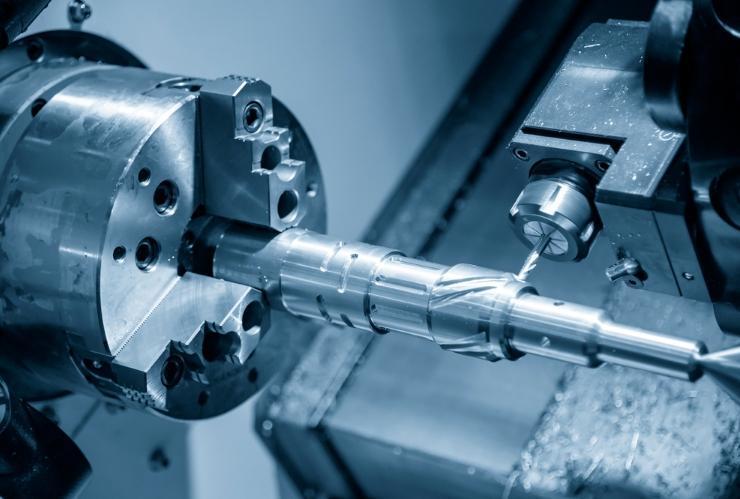
Applications of CNC Turning in Miniature Component Manufacturing
1. Electronics Industry
The electronics industry relies heavily on miniature components for the production of devices ranging from smartphones and laptops to medical devices and aerospace instrumentation. CNC turning plays a vital role in manufacturing connectors, pins, sockets, and other miniature components that ensure the seamless operation of electronic devices. With its precision and repeatability, CNC turning technology guarantees that these components meet stringent dimensional tolerances and performance requirements.
2. Medical Device Manufacturing
In the field of medical device manufacturing, precision is paramount, particularly when crafting miniature components for surgical instruments, implants, and diagnostic equipment. CNC turning technology enables the production of intricate components with precise geometries and exacting specifications. Whether it’s implantable screws, surgical tool components, or diagnostic device parts, CNC turning ensures that miniature components meet the rigorous quality standards and regulatory requirements of the medical industry.
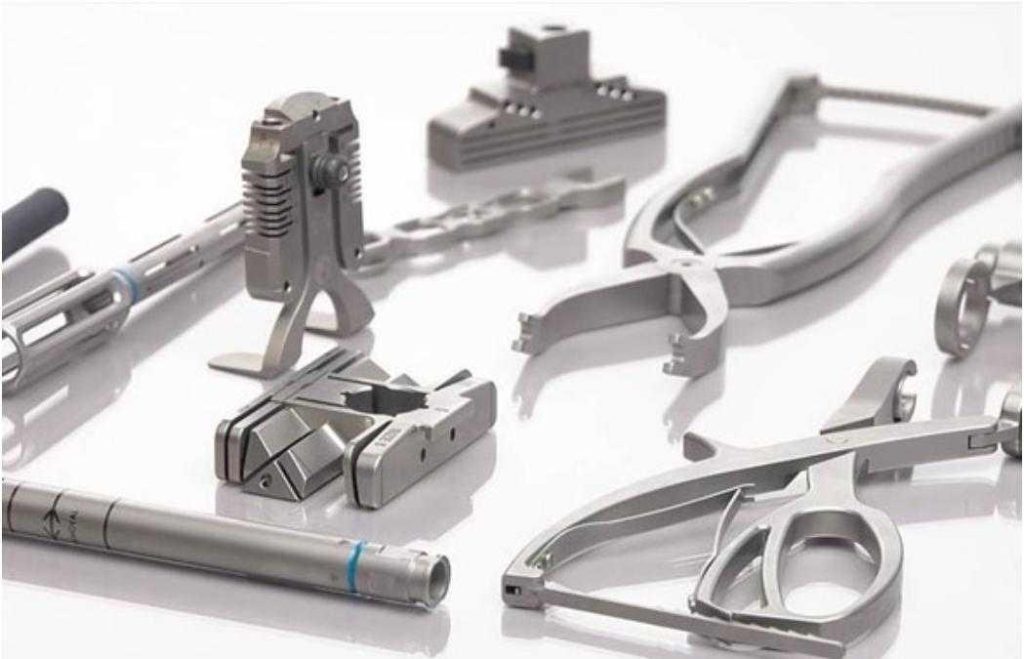
3. Aerospace and Defense Applications
The aerospace and defense sectors demand miniature components that are not only precise but also robust and reliable. CNC turning technology is instrumental in crafting critical components such as actuators, sensors, valves, and guidance systems for aerospace and defense applications. With its ability to achieve tight tolerances and produce complex shapes, CNC turning ensures that miniature components meet the stringent performance and safety standards of these high-stakes industries.
4. Automotive Manufacturing
In the automotive industry, miniature components play a crucial role in various systems and subsystems, including fuel injection systems, sensors, valves, and actuators. CNC turning technology enables the production of these components with precision and efficiency, ensuring optimal performance and reliability in automotive applications. Whether it’s enhancing fuel efficiency, improving engine performance, or enhancing safety features, CNC-turned miniature components contribute to the overall functionality and reliability of modern vehicles.
5. Consumer Electronics and Appliances
From handheld devices to household appliances, miniature components are ubiquitous in consumer electronics and appliances. CNC turning technology facilitates the production of components such as switches, knobs, connectors, and housings with intricate designs and precise dimensions. Whether it’s enhancing user experience, improving functionality, or reducing product size, CNC-turned miniature components play a crucial role in the success of consumer electronics and appliances.
6. Optical and Instrumentation Systems
Optical and instrumentation systems rely on miniature components for precise alignment, calibration, and functionality. CNC turning technology enables the production of components such as lenses, mounts, housings, and connectors with tight tolerances and smooth surface finishes. Whether it’s enhancing optical performance, improving measurement accuracy, or ensuring equipment reliability, CNC-turned miniature components contribute to the advancement of optical and instrumentation technologies.
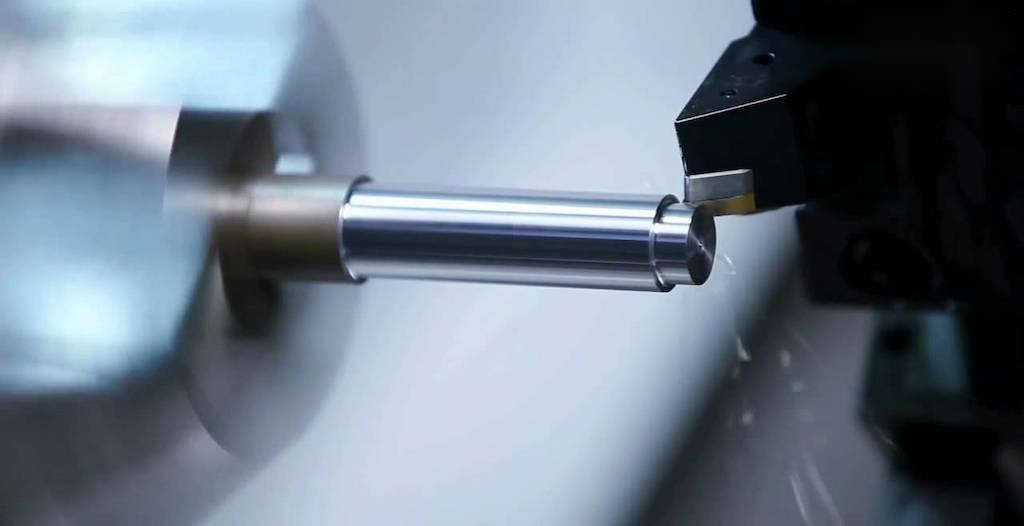
Challenges and Innovative Solutions in CNC Turning for Miniature Components
1. Tool Wear and Fracture
One of the primary challenges in CNC turning for miniature components is the wear and potential fracture of cutting tools. As components become smaller and more intricate, the forces exerted on cutting tools increase, leading to accelerated wear and a higher risk of tool fracture. This can result in reduced tool life, decreased part quality, and increased production costs.
Innovative Solutions
- Advanced Tool Materials: Innovations in cutting tool materials, such as carbide, ceramic, and polycrystalline diamond (PCD), offer improved wear resistance and durability, enhancing tool life and performance in CNC turning applications for miniature components.
- Tool Coatings: Coating cutting tools with specialized coatings, such as titanium nitride (TiN) or diamond-like carbon (DLC), can further enhance their wear resistance and reduce friction, prolonging tool life and improving machining efficiency.
2. Material Deformation
Miniature components often require precise machining of materials with inherently poor machinability, such as heat-treated steels, titanium alloys, and exotic materials like Inconel and Hastelloy. These materials are prone to deformation and warping during machining, leading to dimensional inaccuracies and surface imperfections in the finished components.
Innovative Solutions
- Optimized Machining Parameters: Innovations in cutting tool geometry, feed rates, and cutting speeds allow for optimized machining parameters tailored to specific materials, minimizing heat generation and reducing the risk of material deformation during CNC turning.
- Coolant Strategies: Implementing advanced coolant strategies, such as through-tool coolant delivery and high-pressure coolant systems, helps dissipate heat more effectively, reducing thermal stress and minimizing material deformation during machining.
3. Surface Finish Consistency
Achieving a consistent surface finish is critical in CNC turning for miniature components, as even minor surface imperfections can impact functionality and performance. Factors such as tool wear, material properties, and machining parameters can all affect surface finish consistency, presenting challenges in maintaining the desired surface quality across multiple components.
Innovative Solutions
- Precision Machining Techniques: Implementing precision machining techniques, such as micro-milling and fine-turning, allows for finer control over surface finish and dimensional accuracy, resulting in more consistent and uniform finishes on miniature components.
- Advanced Monitoring Systems: Integrating advanced monitoring systems, such as vibration sensors and tool condition monitoring systems, enables real-time monitoring of machining processes, allowing for early detection of deviations and adjustments to maintain surface finish consistency.
4. Microscopic Detailing
Miniature components often feature intricate geometries and microscopic detailing that require sub-micron precision during machining. Traditional machining methods may struggle to achieve such high levels of precision, posing challenges in reproducing intricate features accurately.
Innovative Solutions
- Micro-machining Technologies: Advancements in micro-machining technologies, such as ultra-precision CNC turning and micro-electrochemical machining (ECM), enable the fabrication of miniature components with sub-micron precision and intricate detailing, opening new possibilities for component design and functionality.
- Optical Inspection Systems: Integrating optical inspection systems, such as laser profilometers and coordinate measuring machines (CMMs), allows for high-precision dimensional measurements and surface analysis, ensuring the accuracy and consistency of microscopic detailing in miniature components.
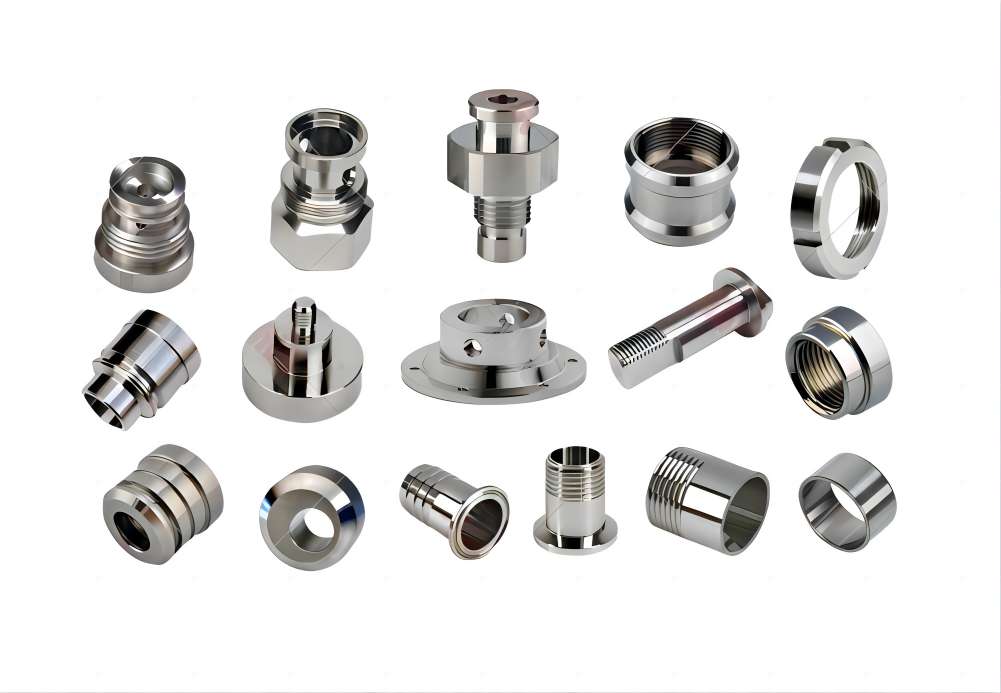
Conclusion
CNC turning technology has transformed the production of miniature components, enabling manufacturers to achieve unparalleled levels of precision, consistency, and efficiency. From electronics and medical devices to aerospace and automotive applications, CNC turning machining is the backbone of modern miniature component manufacturing, driving innovation and shaping the future of industry.

